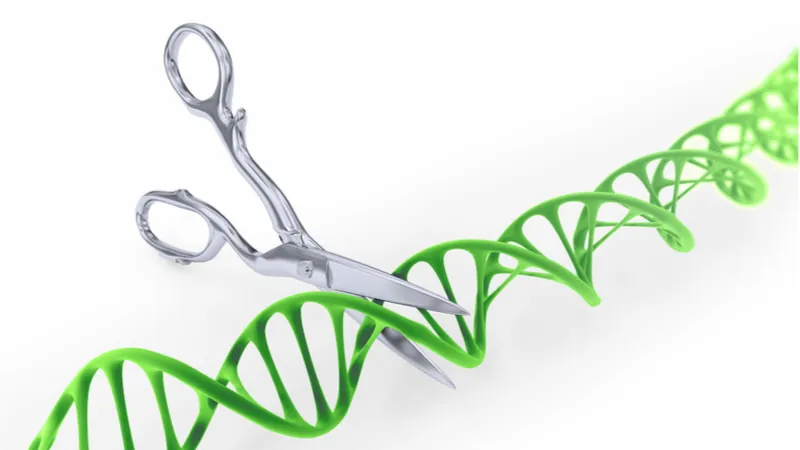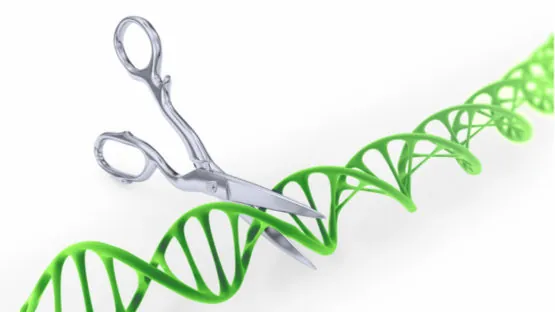The body can be home to many latent viruses, which can lie dormant for years only to be activated much later under certain conditions. Now, researchers may have the solution to one such persistent virus: herpes simplex virus 1, which is commonly known as oral herpes.
Latent viruses put strain on the immune system
A latent viral infection is a type of persistent viral infection in which the virus has periods of dormancy followed by reactivation. Latency is a phase in such viruses’ life cycles in which, following initial infection, the virus ceases to proliferate and send out viral particles. However, in the case of latent viruses, the viral genome in infected cells is not eradicated. Therefore, the virus is able to reactivate months, perhaps years later under certain trigger conditions and resume the proliferation of viral progeny.
In the past, we have talked about the possible contribution to aging that latent viruses may have; cytomegalovirus (CMV) is one such example, as it is a β-herpesvirus that lurks within infected cells and takes up the time and resources of the immune system to keep it in under immunosurveillance. It spreads over the course of decades, increasingly taxes the immune system, and could very likely play an important role in immunosenescence, the age-related decline of the immune system.
Similar to CMV, herpes simplex virus 1 (HSV-1) is another endemic, latent virus, as around 67% of the global population under the age of 50 is thought to have it. HSV-1 typically produces cold sores during initial infection and during subsequent periodic reactivation.
Much like CMV, the presence of HSV almost certainly contributes to the overall infectious burden of the immune system; however, it is not considered as life threatening and is rarely the focus of efforts to find effective treatments for it. Indeed, most efforts in the past have focused on relieving the symptoms rather than tackling the cause, an all-too-common theme in medicine, especially when it comes to treating age-related diseases.
Destroying the virus with gene editing
Researchers at the Fred Hutchinson Cancer Research Center may, however, finally have a possible solution to this persistent virus. Using gene editing, they removed HSV-1 from infected cells in a new mouse study. The animal models showed at least a 90 percent reduction of the virus in the superior cervical ganglia, the nerve tissue where the virus lies dormant.
This reduction of the virus, which persisted for at least a month following treatment, may even be enough to allow the immune system to defeat it and prevent it from returning.
To achieve this, the researchers focused on the nerve pathways that run between the neck and face, which includes the tissue where the HSV-1 hides in a dormant state and evades the immune system. Uniquely, two types of gene editing “scissors” were used to cut the DNA of the virus in order to damage it beyond repair and destroy the virus.
The team found that when using just a single pair of scissors, the virus was able to repair itself, but with two cutting proteins called meganucleases, the DNA of the virus was destroyed beyond repair. These twin DNA scissors were delivered to the HSV-1 infected cells by introducing the gene coding for the gene cutting proteins using a harmless deactivated viral vector, which is able to infiltrate the target cell to deliver its payload.
The researchers are also testing a similar approach to treating the related and more serious herpes simplex 2 virus, which causes genital herpes. The researchers’ plan is to reach human clinical trials for these approaches in the next three years or so.
We evaluate gene editing of HSV in a well-established mouse model, using adeno-associated virus (AAV)-delivered meganucleases, as a potentially curative approach to treat latent HSV infection. Here we show that AAV-delivered meganucleases, but not CRISPR/Cas9, mediate highly efficient gene editing of HSV, eliminating over 90% of latent virus from superior cervical ganglia. Single-cell RNA sequencing demonstrates that both HSV and individual AAV serotypes are non-randomly distributed among neuronal subsets in ganglia, implying that improved delivery to all neuronal subsets may lead to even more complete elimination of HSV. As predicted, delivery of meganucleases using a triple AAV serotype combination results in the greatest decrease in ganglionic HSV loads. The levels of HSV elimination observed in these studies, if translated to humans, would likely significantly reduce HSV reactivation, shedding, and lesions. Further optimization of meganuclease delivery and activity is likely possible, and may offer a pathway to a cure for HSV infection.
Conclusion
The successful translation of a therapy capable of treating HSV-1 and HSV-2 would be a welcome development, and due to the infectious burden they both impose on the immune system, it has considerable relevance to aging. These latent viruses and others such as CMV could well make a significant contribution to the decline of our immune systems as we age, and so eradicating them from our bodies should be one of the things we focus on the road to ending age-related diseases.



